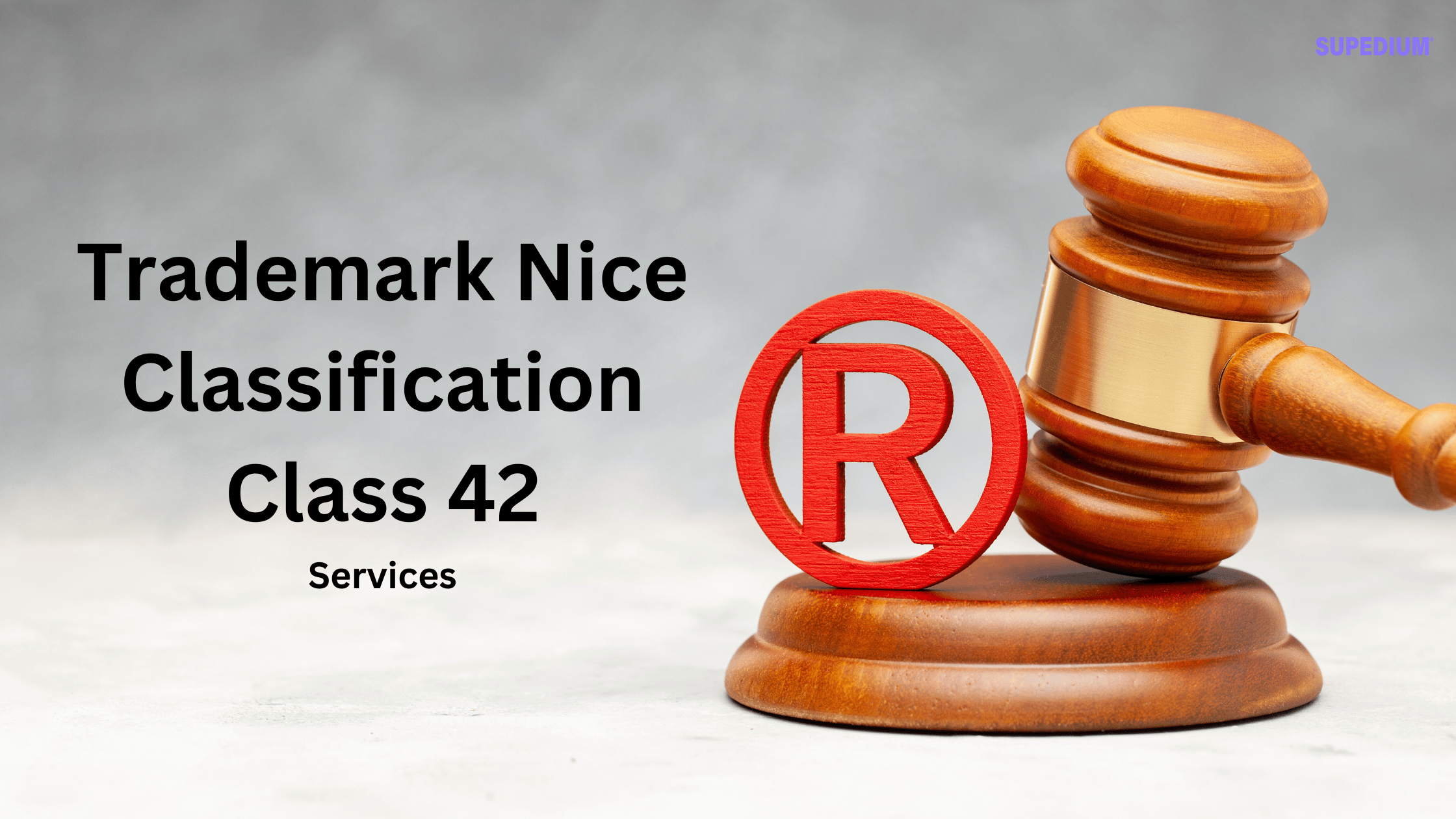Table of Contents
- 1 What’s Hypertensive Retinopathy?
- 2 Symptoms of Hypertensive Retinopathy
- 3 What Causes Hypertensive Retinopathy?
- 4 Risk Factors for Hypertensive Retinopathy
- 5 How Is Hypertensive Retinopathy Diagnosed?
- 6 Classification of Hypertensive Retinopathy
- 7 Complications of Hypertensive Retinopathy
- 8 Treatment for Hypertensive Retinopathy
- 9 What’s the Outlook?
![]()
What’s Hypertensive Retinopathy?
The Retina is the tissue layer. This coating transforms light. The retina’s blood vessel walls may thicken when your blood pressure is high. This might cause your blood vessels to become narrow, which limits blood. The retina becomes bloated.
Over time Blood pressure restrict the function of the retina, can lead to damage to the blood vessels of the retina, and place pressure on the nerve. This condition is known as hypertensive retinopathy (HR).
Symptoms of Hypertensive Retinopathy
You won’t have any symptoms until the condition has progressed. Symptoms and possible signs include:
- Diminished eyesight
- eye swelling
- bursting of a blood vessel
- double vision accompanied by headaches
Get medical aid if your blood pressure is high and you have changes in your vision.
What Causes Hypertensive Retinopathy?
Prolonged hypertension, or high blood pressure, is the cause of HR. High blood pressure is a problem. The force is the force as the heart rests between heartbeats generated in addition to due to the blood. The tissue which makes up the arteries will start to stretch and will become damaged After the blood moves through the body at a higher pressure. This contributes to problems over time.
HR generally After your blood pressure has been high Happens. Your blood pressure levels can be affected by:
- a lack of physical activity
- being obese
- eating too much salt
- a stressful lifestyle
High blood pressure runs in families.
In America, higher blood pressure is common. According to the Centers for Disease Control and PreventionTrusted Source, the condition affects 1 in 3 adults in America. It is known as a”silent killer” because it usually has no symptoms.
Risk Factors for Hypertensive Retinopathy
These conditions put you:
- Prolonged high blood pressure
- heart disease
- atherosclerosis
- diabetes
- smoking
- high cholesterol
- being obese
- eating an unhealthy diet
- heavy alcohol intake
Additionally, The problem is more common in people of African descent, especially men and women. Girls are more likely to be influenced by blood vessel damage than men.
How Is Hypertensive Retinopathy Diagnosed?
Ophthalmoscope
An instrument called an ophthalmoscope will be used by the doctor. A light shines through your student to determine if any fluid is leaking out of your blood vessels or to inspect the back of your eye for signs of blood vessels. This process is painless. It takes less than 10 minutes to complete.
Fluorescein Angiography
In some circumstances, a special test called fluorescein angiography is performed to examine blood circulation. Your physician will apply eye drops to dilate your pupils and take pictures of your attention. Following the first round of images, your doctor will inject a dye called fluorescein. They do so. They take images that are additional to the blood vessels of your eye as the moves.
Classification of Hypertensive Retinopathy
The severity and extent of the retinopathy are represented on a scale of 1 to 4. The scale is known as the Keith–Wagener–Barker Classification System. The four levels increase in seriousness:
- In Grade 1, there is a moderate narrowing of the retinal artery.
- Grade 2 is very similar to grade 1, but there are more acute or tighter constrictions of the retinal artery. This is known as AV, or arteriovenous, nipping.
- Grade 3 has the symptoms of grade 2, but there is also retinal edema, microaneurysms, cotton-wool stains (fluffy white lesions on the retina), and retinal hemorrhages (bleeding).
- Grade 4 has acute signs of grade 3 combined with optic disc swelling called papilledema and macular edema. Individuals with regular 4 retinopathy have a greater risk for stroke and might have kidney or cardiovascular disease.
At the end of the scale, you might have no symptoms. At grade 4 lead to and your nerve may start to swell serious vision issues. Retinopathy tends to signify blood pressure concerns.
Complications of Hypertensive Retinopathy
People with HR are in danger of developing complications. These include the following:
- Ischemic optic neuropathy occurs when high blood pressure blocks normal blood circulation from the uterus, damaging the optic nerve. The optic nerve carries pictures of what we see to the mind.
- Retinal artery occlusion occurs when the arteries that carry blood into the retina become blocked by blood clots. When this happens, the retina does not get enough blood or oxygen. This leads to vision loss.
- Retinal vein occlusion occurs when the veins which take blood away from the retina become blocked by blood clots. Nerve fiber layer ischemia or damage to the nerve pathways can lead to cotton-wool stains, which can be fluffy white lesions on the retina.
- Malignant hypertension is a rare condition that causes blood pressure to increase abruptly, interfering with vision and causing sudden vision loss. This is a possibly life-threatening illness.
- Individuals with HR are at a higher risk of having a stroke or heart attack. 1 study found that individuals with HR were prone to suffer from a stroke than people. This was true even with blood pressure. Another studyTrusted Source revealed both a higher risk of stroke or cardiovascular disease in people with HR.
Treatment for Hypertensive Retinopathy
Effective Treatment for HR entails lowering and controlling blood pressure that is high with a combination of lifestyle changes and drugs.
Lifestyle Changes
A diet high in vegetables and fruits may help lower blood pressure. Reducing salt intake regular physical activity, and limiting the quantity of caffeine and alcoholic beverages you consume contribute to blood pressure. Consider steps to stop if you smoke. If you are overweight, losing weight is an effective strategy for high blood pressure.
Medications
Your physician may prescribe blood pressure medications such as ACE inhibitors, beta-blockers, or diuretics.
By controlling your blood pressure can control this condition. However, you might have, if your condition is severe.
What’s the Outlook?
The prognosis is worse for levels of HR. Grades 3 and 4 are associated with higher rates of:
- Stroke
- Heart attack
- Congestive heart
- Failure departure
People With uncontrolled hypertension and grade 4 HR, sometimes known as the”cancerous phase,” have a generally poor prognosis for survival, based on Retinal Physician.
Structural Changes in the arteries in the retina are not reversible. In spite of therapy, patients are at a greater risk for artery and vein occlusions, and other issues of the retina.
If You’ve got high blood pressure or HR, your primary care physician must work with your eye doctor (ophthalmologist) to ascertain a suitable treatment plan. They could work together to track your condition.
Recommendations to Stop Hypertensive Retinopathy
Take steps to prevent high blood pressure to Stop HR:
- Take your blood pressure medicine regularly.
- Get regular exercise.
- Eat a balanced diet.
- Avoid smoking.
- Get regular medical examinations to make certain your blood pressure readings are normal.





Be the first to comment